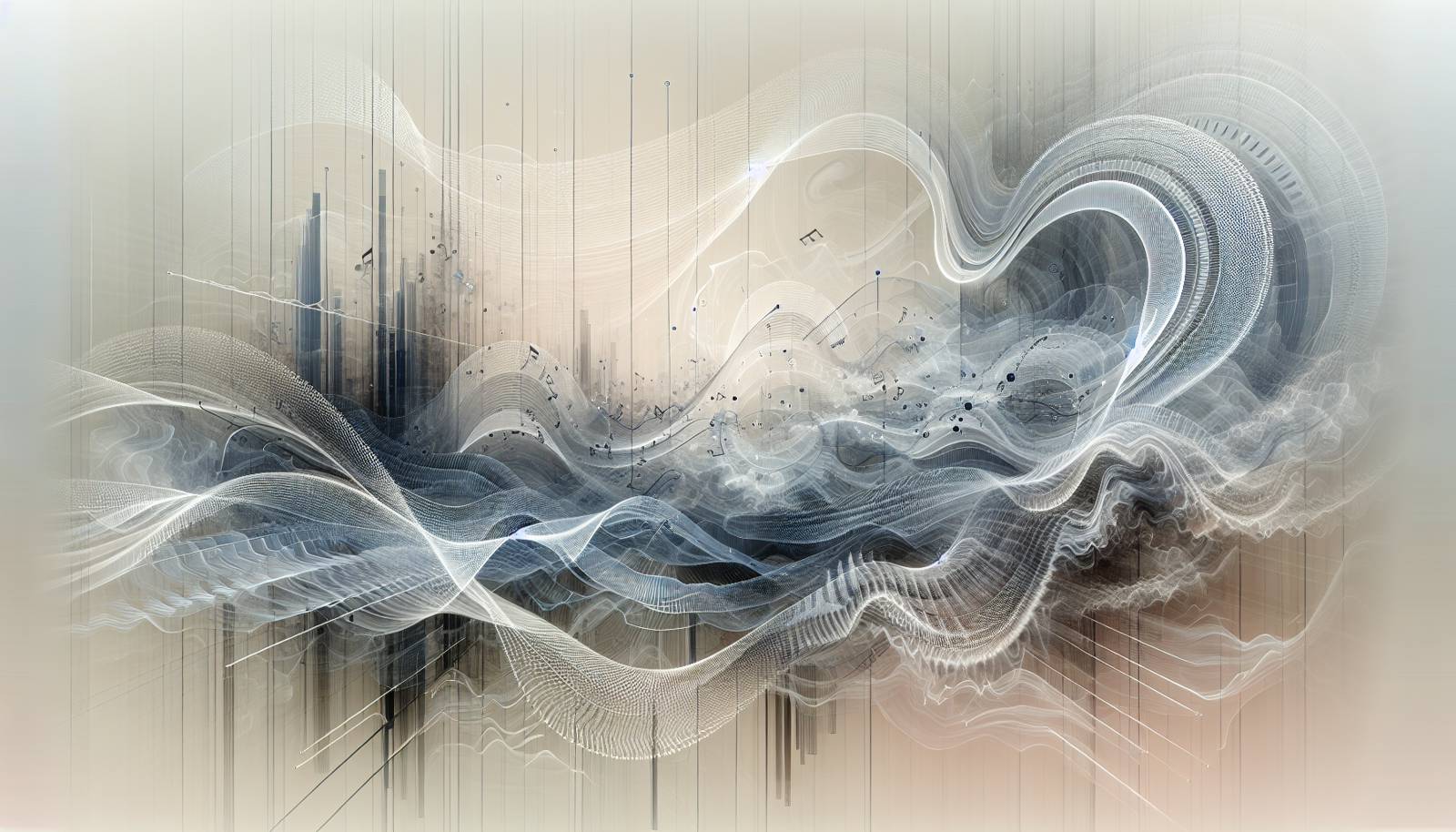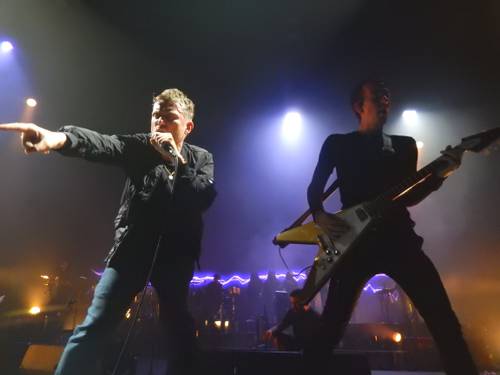
FAQ About The Impact of Virtual Bands on Music and Entertainment

What is a virtual band?
A virtual band is a musical group whose members are portrayed as virtual characters rather than real-life musicians. These characters can be animated or digitally created, often with entirely fictional backstories. The music and performances are typically created and performed by real musicians and producers, but presented under the guise of these virtual personas.

When did virtual bands first emerge?
Virtual bands first appeared in the late 20th century, with one of the earliest examples being Gorillaz, which debuted in 1998. However, the concept of fictional musicians goes back even further, with animated TV shows and movies featuring fictional bands in the 1960s and 1970s.

How do virtual bands perform live?
Virtual bands perform live using advanced technologies such as holography, augmented reality, and synchronized animation. These technologies allow the virtual characters to appear on stage or screens in real time, often alongside live musicians who play the actual music. These performances can provide a dynamic and engaging experience similar to traditional live concerts.

What impact have virtual bands had on the music industry?
Virtual bands have challenged traditional music industry norms by breaking the boundaries between music, technology, and visual arts. They offer a unique product that combines music with visual storytelling, attracting diverse audiences. This innovation allows for creative freedom and the exploration of different musical styles, often leading to broader audience reach and new marketing opportunities.

What are some well-known virtual bands?
Some well-known virtual bands include Gorillaz, Hatsune Miku, Dethklok from the TV show Metalocalypse, and The Archies from the animated TV series. These bands vary widely in style and presentation, showcasing the versatility of virtual bands in different genres and storytelling formats.

How do virtual bands contribute to fan engagement?
Virtual bands enhance fan engagement by creating multifaceted entertainment experiences. They often involve intricate storylines, interactive elements, and immersive audiovisual content that fans can engage with across various media platforms. This creates a loyal and interactive fan base that participates in a unique shared experience.

Are there financial advantages to virtual bands over traditional bands?
Yes, virtual bands can have several financial advantages. They may reduce costs associated with physical promotion, touring logistics, and personnel. Additionally, they open up opportunities for varied revenue streams through merchandising, animated content sales, and licensing deals. The digital nature of virtual bands also facilitates global reach and provides access to newer, tech-savvy audiences.

What role does technology play in the creation of virtual bands?
Technology plays a crucial role in the creation and operation of virtual bands. It oversees the development of digital characters, animation for music videos, augmented reality for live performances, and social media platforms for fan engagement. Technology enables these bands to offer a seamless integration of music and visual artistry, enhancing the overall entertainment value.

How do virtual bands affect traditional musicians?
Virtual bands can provide new opportunities and challenges for traditional musicians. They have the potential to collaborate across new genres and formats, bringing creativity and innovation to traditional music forms. However, they may also increase competition within the industry as they draw fanbases that might otherwise follow conventional bands.

Can traditional musicians collaborate with virtual bands?
Yes, traditional musicians can and do collaborate with virtual bands. For example, various well-known artists have worked with the virtual band Gorillaz. Collaborations like these allow traditional musicians to explore new creative spaces and expand their reach within different audience demographics.

Why are virtual bands appealing to audiences?
Virtual bands are appealing to audiences for their unique ability to blend music with art and storytelling. The freedom afforded by their fictional nature allows them to explore diverse themes and concepts without the constraints faced by traditional bands. This creativity, coupled with the use of cutting-edge technology, provides a fresh and engaging experience that many find attractive.

How can virtual bands influence music trends?
Virtual bands can significantly influence music trends by pushing the boundaries of genre and presentation. They often experiment with different sounds and visual styles, which can lead to new trends within the larger music industry. Their innovations in technology and audience engagement also drive changes in how music content is created and consumed globally.

Do virtual bands have a place in the future of the music industry?
Yes, virtual bands are expected to remain a significant part of the music industry, especially as technology continues to advance. Their ability to integrate and innovate with cutting-edge technologies offers new possibilities for the creation, performance, and consumption of music, making them an important component of the industry's evolution.

What are the challenges faced by virtual bands?
Virtual bands face several challenges, including the need for advanced and sometimes costly technology, maintaining relevance in a fast-evolving digital landscape, and effectively managing the convergence of music creation with complex animations. They also need to continuously innovate to keep audiences engaged and interested.

How do virtual bands handle music rights and royalties?
Music rights and royalties for virtual bands are typically managed through the production entities that create their music. As with traditional bands, these rights need to account for the songwriters, producers, and performers involved in creating the content. The virtual nature adds a layer of complexity, but it follows similar industry standards to ensure creators are compensated fairly.

What type of storytelling is used by virtual bands?
Virtual bands often use rich, multi-layered storytelling that can involve fictional world-building, character development, and cohesive narratives across music, videos, and interactive media. This storytelling can deeply engage audiences, offering them a comprehensive and immersive experience that enhances the music itself.

How do virtual bands attract their audience?
Virtual bands attract their audience through a combination of unique sound, visually captivating presentations, and engaging storytelling. They utilize digital platforms, such as social media, virtual concerts, and online communities, to reach a broad audience. Interactive fan engagements, unique character designs, and compelling narratives also play crucial roles in fan attraction.

What is the cultural significance of virtual bands?
Virtual bands have cultural significance as they symbolize the increasing intersection between technology and art in modern entertainment. They reflect shifting paradigms in how music is created, represented, and consumed, underscoring the dynamic nature of cultural production in the digital age. They also highlight how adaptable and resilient creative expressions can be in response to technological changes.

Do virtual bands face criticism?
Like any innovative concept, virtual bands can face criticism, often centered around debates about authenticity, the potential over-reliance on technology, and the implications for traditional musicians. Critics may argue that the digital nature might lead to a detachment from 'real' musical experiences. Nonetheless, their growing popularity indicates a significant portion of audiences is ready to embrace this evolution in music.

How accessible are virtual bands for aspiring musicians?
Aspiring musicians can access opportunities within virtual bands through collaborative efforts with producers and technology experts who can bring their concepts to life. As virtual and augmented reality technologies become more affordable and widespread, opportunities for musicians to experiment with virtual band concepts are likely to increase.
